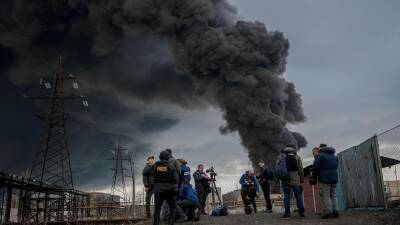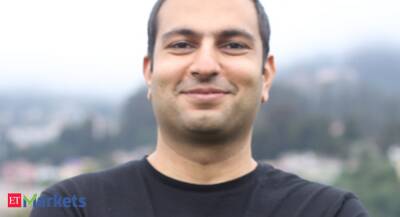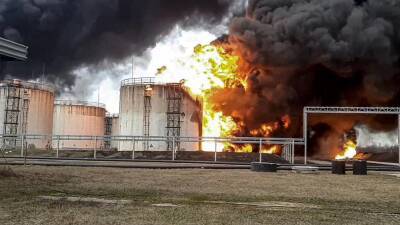The Guardian view on China’s pandemic: the price of zero-Covid
More than two years after China imposed the world’s first Covid-19 lockdown, in response to the virus’s emergence in Wuhan, tens of millions are stuck at home once more. With cases at their highest since early 2020, the leadership is wedded to its zero-Covid strategy. For much of the pandemic, it allowed most people to live without restrictions within the country’s borders, and it certainly saved countless lives. Officially, mainland China’s death toll has remained under 5,000, despite a population of more than 1.3 billion; the UK, with 67 million inhabitants, has seen 165,000 deaths. But vaccines have offered an alternative, the transmissibility of Omicron makes it less feasible in the long term, and the economic and human costs are becoming less tolerable.
Officials are now struggling to straddle two diverging goals: to control infections while shoring up the economy – one new study suggests lockdowns are costing at least $46bn a month. A “dynamic zero-Covid” approach of targeted restrictions, mass testing and isolation seeks to allow the swift relaxation of controls and minimisation of disruption and economic shock. Its biggest test to date may have arrived. Early on Monday, Shanghai – the country’s financial centre and home to 25 million residents – began a two-stage lockdown. The half of the city east of the Huangpu river is under tight restrictions until Friday, with mass testing (8 million in one day reportedly) and isolation of those found to be positive; it is then due to reopen while the other half closes.
The leap in cases should be put into context. Earlier this year, China was reporting fewer than 100 cases a day; the 5,000-plus recorded on Monday are still a long way short of the 42,000 reported in the US
Read more on theguardian.com





















